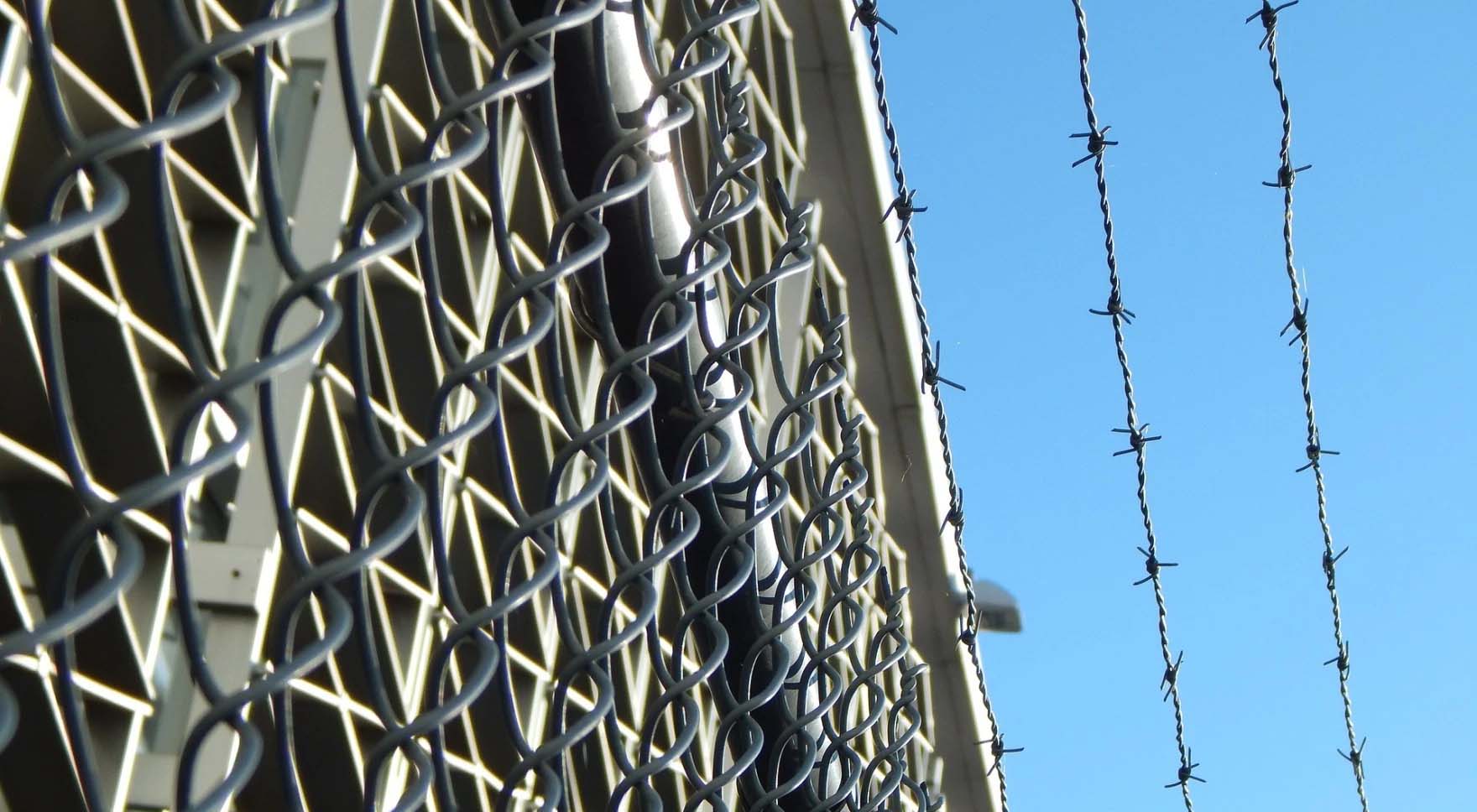From Texas Public Radio:
A policy that provided only white gowns to women prisoners in solitary confinement is coming to an end.
This week, a female inmate contacted TPR to say that guards were distributing two-piece uniforms to the prisoners at her facility.
The update came shortly after TPR reported the story of women protesting that they were only issued what some described as nightgowns.
A spokeswoman for the Texas Department of Criminal Justice confirmed that the policy, which affected about three dozen women, was changed. TDCJ gave few details as to why the decision was made other than that it was in review and now was the time to change it.
Last fall, female inmates at the TDCJ’s Security Detention — also known as solitary confinement — went outside for their allowed outdoor recreation.
The facility is in Gatesville, Texas — about an hour west of Waco. The morning temperatures were already dropping into the high 30s, and some of the women had nothing but a white gown.
Women in Texas prisons housed in solitary confinement — inhabiting a small cell for upwards of 22 hours a day — are issued gowns and undergarments. Men housed in similar confinement are issued a two-piece uniform.
The policy, which had been called “strange” by prison researchers, raised criticisms concerning the treatment of the women, allegations of humiliation and questions around basic human dignity.
While it was cold outside that day last fall, women in Murray Unit welcomed any change of environment. But some of them needed more layers to keep warm.
“I went out wearing three pairs of socks, two t-shirts, two thermal tops, one thermal bottom, two short gowns and a towel wrapped around my head,” wrote Kwaneta Harris in an official grievance.
She complained they women prisoners didn’t have access to proper winter jackets. Harris, who was convicted of murder in 2009, said the women also didn’t have the jumpers or blankets they once had.
Before this week, according to TDCJ original policy, when women arrive in security detention, they were issued a gown and a daily change of socks and undergarments. They can buy a shower towel and outer clothing, including pants and a shirt or coveralls. They also receive seasonal items, like thermals and jackets. Everything but the gown had to be purchased from the commissary — leaving indigent women in solitary with just the gown.
Other than being in their cells, women held in solitary have short periods of time in corridors as they are transported to showers, medical, and outdoor recreation.
The only time women in solitary are issued another clothing item is when they have a visitor. At that point, they receive a jumper. The jumper must be returned at the end of their visits.
Last year, restrictions on clothing tightened. Gonzalo Lopez, a man in TDCJ’s solitary confinement, escaped while being transported on a prison bus. He went on a three-week long deadly rampage that claimed the lives of a family of five. After that, a review was conducted of what inmates in security detention could hold onto.
Harris said they started removing extra clothes in the wake of Lopez’s rampage. “They confiscated all our $25 boots we purchased —jackets, jumpsuits, blankets. We have blankets, and now we must share jackets. We aren’t allowed to keep them in our cell,” she said.
TDCJ officials said while they did review what items could be kept in cells, they weren’t removing clothes. “Female inmates assigned to restrictive housing are given a cloth gown and undergarments. This is not related to the escape of Lopez,” said Robert Hurst, a spokesman, in an email.
Critics told TPR the policy of making women wear gowns in solitary confinement, rather than the two-piece uniforms that more than 3,000 men in the same detention conditions, was well outside the norm for other prisons nationwide.
“To my knowledge, this is the only state that I have heard of this. This is the first time I’d ever heard of this,” said Vivian Aranda-Hughes, a criminology professor at the University of Colorado, who focuses on incarcerated women.
But it wasn’t just her opinion. She called a number of other researchers. “Just about everybody was either shocked [or] they didn’t believe me, I had to say it twice. A couple of people said, ‘We’ve got to be missing something,’” Aranda-Hughes explained.
Before it made the policy change, TDCJ had declined to provide TPR any additional rationale. When asked why women were issued gowns and men were issued uniforms, officials had no further comment. A spokesman said that had been policy in Texas for at least a decade.
They gave no additional insight and produced no written policy — despite a public records request — because they said a dress code policy for women in restrictive housing or solitary confinement doesn’t exist.
“It’s not fair that were not allowed any clothing in our cells but a thick heavy, hot gown,” said Sara Arambula, also in Murray Unit.
The policy was concerning, said Michele Deitch, director of the Prison and Jail innovation Lab at the University of Texas at Austin. “I’m having trouble coming up with a justification other than an effort to humiliate them and make them feel less than fully human,” she said.
The use of clothing in prison to embarrass or penalize is nothing new, Deitch added. Joe Arpaio, the hard right tough-on-criminals Maricopa County sheriff who put prisoners in a jail made up of tents in the blazing Arizona sun, also made them wear pink underwear.
“How would anyone feel if they were wearing a nightgown 24/7?” she asked.
The experts added that the gown policy could have been intended to be a deterrent — disincentivizing women from being placed in solitary. Unlike men — the majority of whom are placed there for being members of a prison gang that’s been labeled a security threat group — women are most often placed in solitary as punishment.
Critics of the policy explained that the practice of making women wear gowns, or limiting their options to gowns, was also concerning because women in solitary confinement have sky-high rates of mental illness. In Texas, more than two thirds of the women in solitary have a mental health issue.
“The mental illness comes from really high rates of physical, sexual, emotional abuse, even prior to their 18th birthday, that continues on throughout their entire lives,” Aranda-Hughes said. “And then placing them into something like a restrictive housing unit, where they’re being overseen by men — it has a potential to re-traumatize them.”
She said that many states have adopted policies of not allowing men to guard women in these situations. Texas has not, which affects the women there.
“The only men that be around us are the men that work down here, and yes, it gets uncomfortable,” Arambula said. Texas is entering another summer, and these facilities aren’t air conditioned.
“It gets hot, and you only have a gown in your cell, and [we] take it off. Then you’re just in your panties and bra,” Arambula explained.
They aren’t allowed to cover their doors for privacy. “When I wear the gown,” Harris said, “I feel like an extra in ‘The Handmaid’s Tale.’”















